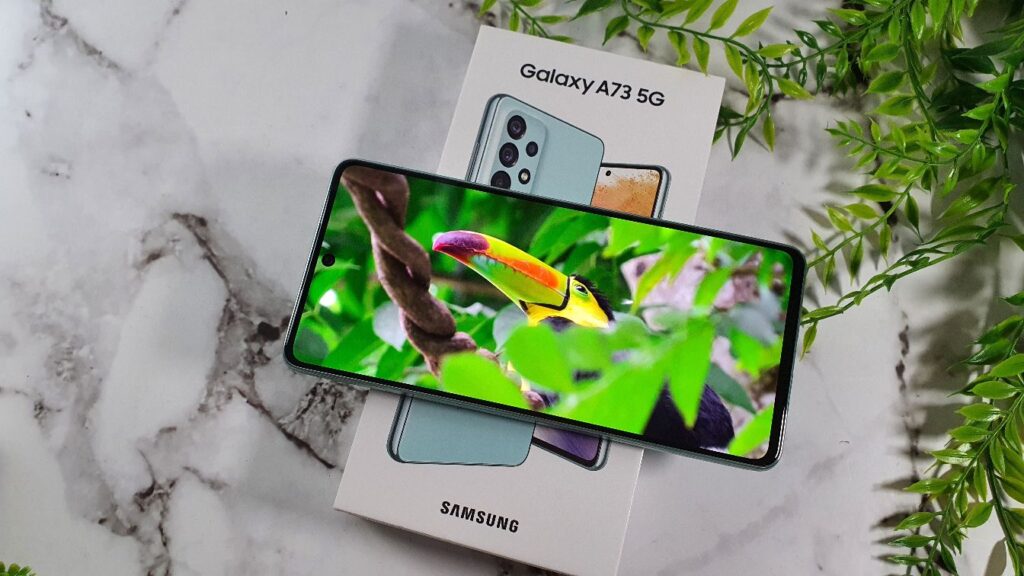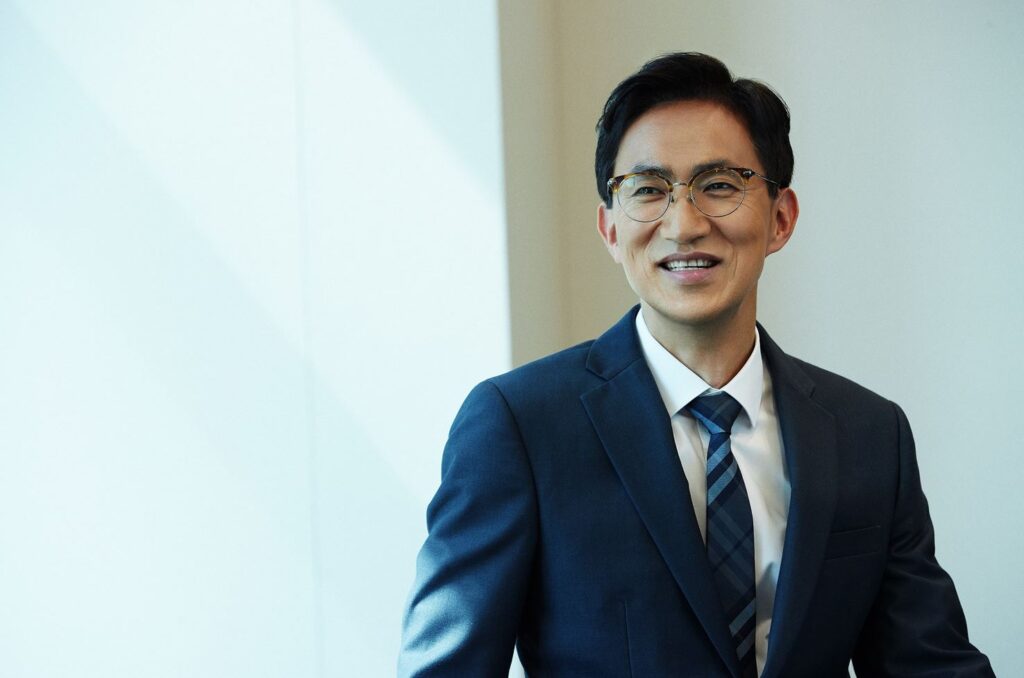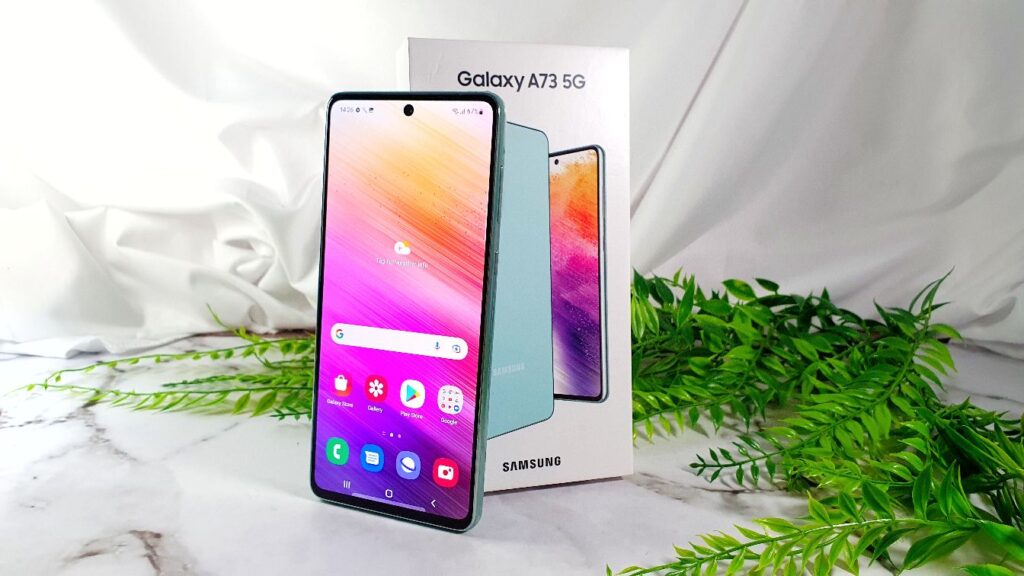
Here’s what Dr Joshua Sungdae Cho says about how they’re using the power of AI to take the cameras in the Samsung Galaxy A series to the next level
Regardless of price point, almost every user expects the best quality possible for their smartphones that meets and ideally exceeds what they paid for. While premium camera sensors and hardware exist, the challenge is cost.
Flagships like the Samsung Galaxy S22 series and the new Galaxy Z Fold4 and Flip4 are able to command premium prices and are in turn able to cram in the best camera sensors and imaging tech in the market. However, the cameras in value-oriented offerings like their Galaxy A series are an intricate balancing act between performance and value.
The Galaxy A series phones for 2022 including the recently released Galaxy A73, Galaxy A53 and Galaxy A33 all stand out from the competition not just because of their display quality and specifications but also because of their cameras too.

Dr. Joshua Sungdae Cho, Vice President and Head of Visual Software R&D Group at MX Business, Samsung Electronics shared more about Samsung’s approach to enhancing the cameras of the Galaxy A series smartphones.
On top of a host of software improvements with every generation, many of the new Galaxy A 2022 series knock the competition out of the ring as are among the first midrange phones to feature optical image stabilisation – typically a costly afterthought seen only in flagship-grade smartphones like the Galaxy S-series phones. Things are in the pipeline to elevate the Galaxy A series camera performance to offer even better performance than ever before by leveraging the power of AI and computational photography.
We managed to sit down and have a chat with one of Dr. Joshua Sungdae Cho, Vice President and Head of Visual Software R&D Group at MX Business, Samsung Electronics. A veteran who has been at Samsung since 2004, Joshua has been the point man in ensuring the superior performance of not just the Galaxy S22 flagship phones but the workhorse Galaxy A series too by developing the camera and AI software.
Among the key contributions of him and his team of crack engineers at Samsung have been the development of Galaxy series phone features that have now become part and parcel of the experience such as their Single Take photo mode, their AR Emoji as well as their Bixby Vision feature. Here’s the lay of the land for the Galaxy A series cameras at the moment and how they plan to take improve it in future generations.
What is Samsung’s strategy for the Galaxy A series to compete in the middle class smartphone market?
Table of Contents
As I am in charge of camera development, I will respond on the camera aspect of development.In terms of strategy, we aim to offer a best-in-class flagship experience within reach of more people with the Galaxy A series. In the Galaxy A series, we are aiming to apply as many features as possible so that it can better appeal to our target users who are a broader user base and typically are a younger generation.
What makes the Galaxy A series different from competitors in the same class?
In terms of cameras, the Samsung Galaxy A series offers best-in-class AI-based image quality by far. To utilise AI technology effectively means a lot of learning has to take place and we used a large volume of images for a long time to train the AI. As such, we provide the best image quality in all scenarios both indoors and outdoors, well lit and low lit as well for the Galaxy A series.

What are the new technologies from the Galaxy S22 series that we can expect to be implemented in the next generation of Galaxy A series phones?
Our goal is to have most of the main features of flagship cameras in the Galaxy S series installed in the A series camera so that customers will be able to enjoy most of the main features.
Our plan is to utilise the latest technology and best-in-class solutions for our camera. For the Galaxy A camera experience, it relies on an AI processing experience and it will upgrade the basic image quality. Currently the latest Galaxy A series smartphones benefit from an AI camera experience that integrates Real Time AI processing, AI Segmentation technology and AI Detail Enhancement to achieve better results.
While it is often true that features from the Galaxy S series are applied to the Galaxy A series, sometimes it works the other way around and camera features introduced in the Galaxy A series are moved up to the Galaxy A series. For example, the AI Fun mode for the Galaxy A series which proved popular with the younger generation saw a positive response in the A series and was then applied to the S series later on.
Will OIS stabilisation eventually become a standard feature in Galaxy A series smartphones?
The hardware team is trying very hard to apply optical image stabilisation (OIS) technology to as many models as possible as OIS offers a lot of advantages.
Why does the Galaxy A73 lack a telephoto zoom camera whereas its predecessor the Galaxy A72 had one – isn’t that a devolution rather than an evolution in hardware?
We are always experimenting with innovative hardware to provide a better experience for users. For every new generation of Galaxy A series smartphones, we always aim to provide the best combination of cameras, sensors and lenses at a given time. We hold focus groups and surveys every year to discover the best combination of hardware and what we produce as a result of research and thinking based on the results of the survey.

With advancements in AI, will AI eventually take over macro and depth sensing units in upcoming Galaxy A series devices?
AI and hardware are continuing to develop at a rapid pace so we have to continue assessing which is the best combination and we are monitoring developments to offer the best available technology at a given time.
